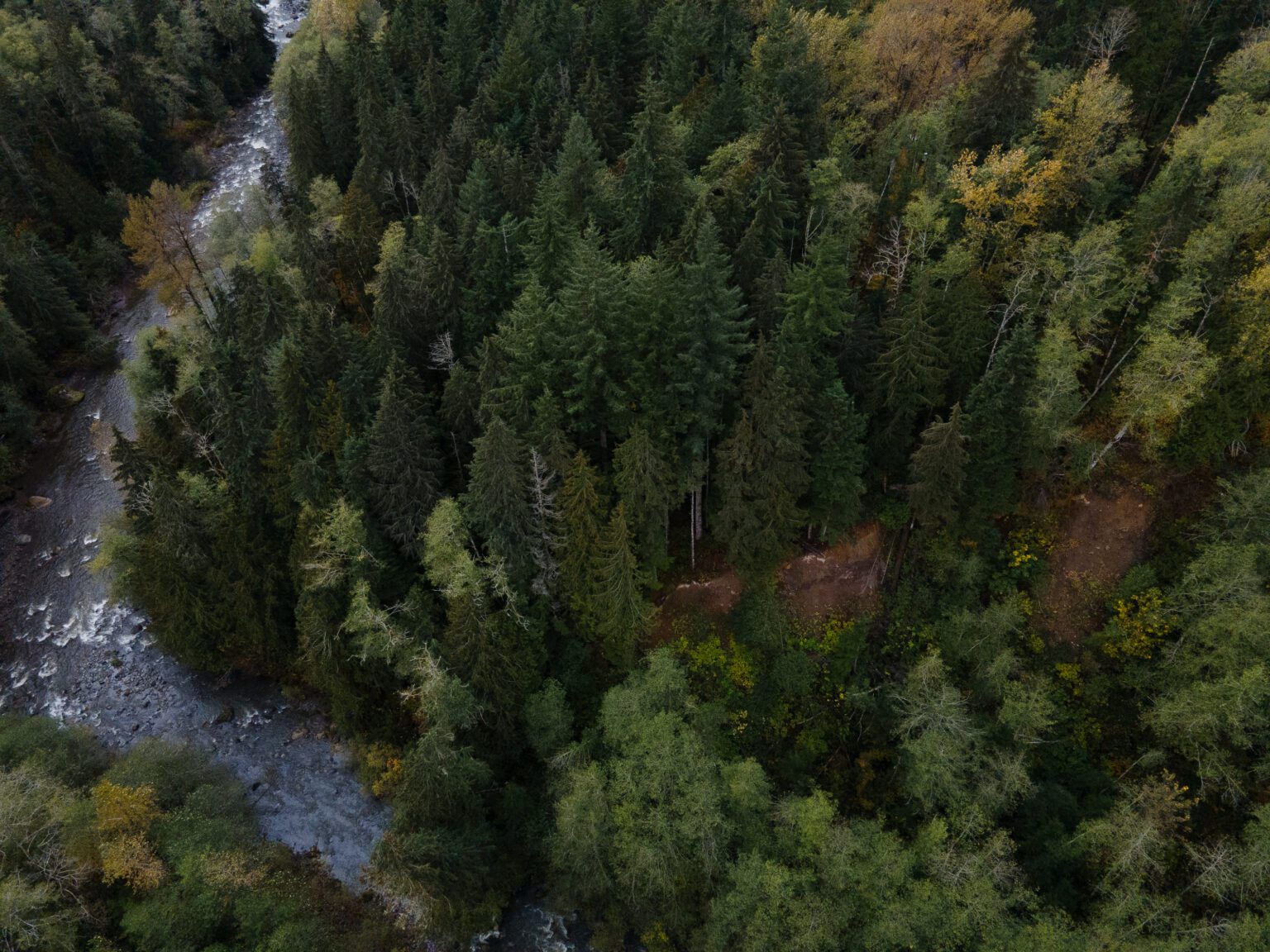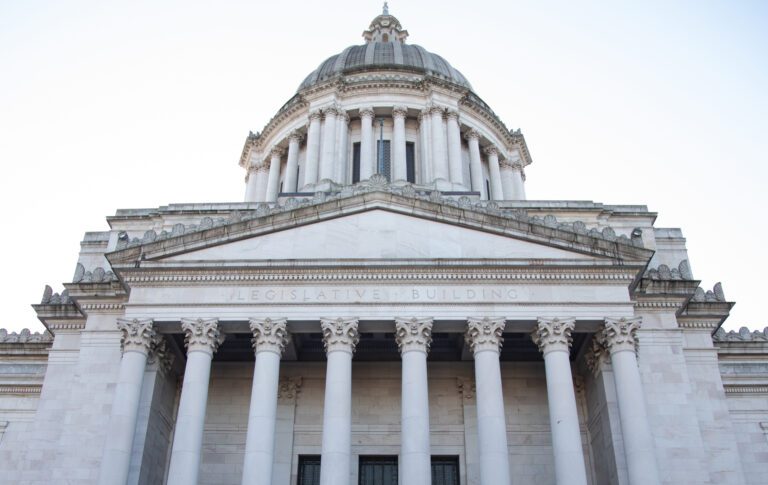Whatcom County Council opted to not make a recommendation regarding the protection of four forest parcels through phase two of the Washington State Department of Natural Resources (DNR) carbon project following significant public testimony regarding the project.
Instead, council members voted Tuesday to request more information from DNR about the environmental and financial impacts of including the four parcels in the carbon project.
The carbon project, a controversial approach to carbon sequestration and storage in Washington, allows counties to recommend specific parcels of state-managed forestland for protection from logging to DNR. During phase two of the project, four parcels — approximately 664 acres of “working” forest — were under consideration in the county.
“We support DNR’s commitment to sustainable forestry in managing public lands for multiple benefits,” council member Kaylee Galloway said during the Jan. 10 Whatcom County Council meeting. “We recognize creative policy solutions, such as the pilot carbon project, can be a tool to help protect public lands with high conservation values. However, we lack the information necessary at this time to specifically recommend which of the parcels should be included in phase two.”
Though the project is still in the early phases, state officials project it will offset millions of metric tons of carbon emissions by entering local forests into leases that stipulate their use for storing carbon while generating revenue for state trust land beneficiaries, including schools, colleges and local services.
The four parcels under consideration in phase two — located along Maple Creek, the Upper Rutsatz and the Van Zandt Dike — represent more than 1,000 acres for “carbon credit” purposes, but only about 660 acres of that land is actually viable for logging.
Opponents of the project, though, say protecting these 660 acres just pushes the problem elsewhere, and reduces funds available to state trust lands.
Currently, logging and forest management activities on state trust lands provide funding to state beneficiaries, including K-12 schools, state capitol buildings in Olympia, universities and prisons.
“If you eliminate sustainable timber harvests in one area, it either … shifts that wood to other places, or it results in substitution, where rather than using wood products … more concrete and steel would be used,” said Nick Smith, public affairs director for the American Forest Resource Council. “It effectively allows polluters to keep polluting at the expense of Whatcom County communities.”
Smith said the carbon credits available through the project will primarily go to companies looking to offset pollution elsewhere in the state.
Several industry representatives and community members spoke against the carbon project during Tuesday’s council meeting, citing concerns with reduced funding for schools like the Mount Baker School District. At this point, DNR has not indicated how funding for beneficiaries would change.
Throughout the public comment session during Tuesday’s council meeting, proponents for the carbon project spoke about the long-term benefits of carbon sequestration projects and supported DNR’s outreach efforts.
“DNR is doing more than it usually does to reach out to local stakeholders, local governments and tribes to get their feedback on this carbon project — I think that’s a good thing,” said Alexander Harris, the land and water policy manager at RE Sources, a local environmental nonprofit. “This carbon project is a good thing because it expands DNR’s toolbelt to manage these public lands for multiple benefits.”
RE Sources encouraged the Whatcom County Council to recommend protections for three parcels in Whatcom during phase two of the carbon project: the Upper Rutsatz Parcel and the Van Zandt Dike parcel, as well as a previously unconsidered stretch along the Middle Fork of the Nooksack River.
“Twenty-first-century challenges like climate change, flooding and wildfires require us to rethink how we’re managing these forests,” Harris said. “This carbon project provides an alternative way to generate revenue that doesn’t involve intensive, short-rotation logging.”
Harris said the state’s carbon project and the timber industry aren’t mutually exclusive.
“When we have the opportunity to preserve a mature, structurally complex forest and still get some money for it, I think it’s a unique opportunity,” he said.
Launched in April 2022, the carbon project is still considered a “pilot project,” a sticking point for several council members during discussions Tuesday night.
“I’d prefer to take the activist approach on this and say, ‘not in my backyard’ on this pilot project,” said council member Ben Elenbaas, who sits on the Climate Action and Natural Resources subcommittee. “I do support the aspect [that DNR] should be working in collaboration with us, and we should take a stance on it, but I would much prefer that our stance would be, ‘thank you, but no thank you. Do your pilot project in another area for now.’”
During phase one of the project, about 1,400 acres of forest were protected in Whatcom County.




